When you look at the results and data of Google Ads advertising, almost every customer is not only interested in actual conversions, but also in how advertising has fared compared to the competitors. Have the ads appeared in Google search results and how much? Google Ads has several different metrics that can be used to analyze the competitive situation. These tools and meters can help you make changes, if necessary, e.g. by using these tools and metrics. Budget.
Let me introduce you to some important terms about the competitive situation in Google Ads and give you tips on how to interpret them.
What kind of metrics on the Google Ads side should you monitor for competitor status?
Impression Share i.e. the percentage of ad impressions
This figure shows, in percentages, how many impressions your ads have received of all available Google Ads impressions. For example, if the Impression Share is 70%, 30% of any ad screens have been missed for one reason or another.
Complete coverage of 100% is practically impossible to achieve, but depending on the industry, the 70-90% impression share is already at a really good level. It is worth remembering that the share of impressions is also influenced by whether it is brand or non-brand advertising. People looking for your company’s brand, i.e. your company name, already know your business at some level, so they are usually a pretty warm audience, and then the share of impressions tends to be higher.
In Google Ads, it is also possible to test an automated Target Impression Share bidding strategy to optimize your budget based on a certain number of views. This strategy is entirely based on automation, so at worst it can dramatically increase your advertising costs, especially if you are aiming for nearly 100% impressions. In our experience, this strategy has worked best in brand campaigns. For some campaigns, growth may have occurred, for example, in impression shares or ad click percentages, but conversions may not have been very profitable.
The share of impressions can be influenced above all by the budget used, keyword quotes and bid strategy. However, it is worth remembering that a budget alone does not determine which advertiser’s ads appear best. Of great importance are also the quality scores for the advertisements.
Auction Insight report (auction statistics)
Auction Insight view in Google Ads shows interesting data from Google auctions. You will see how your ads are positioned against advertisers using the same keywords. To take advantage of the Auction Insight report, you must have enough data and competition for a specific period of time. In this auction statistic, you can see, for example, the share of impressions received by ads and the share of ads at the top of the search results.
Top of the page rate (the share at the top of the page)
Often, one of the most important goals of Google Ads advertising is to make ads appear in the best possible ad locations at the top of Google’s search results, but visibility must always be related to the budget used, the business sector and business environment, and the keywords used. It can often be even more profitable to compete in advertising from the top of the search results, and to not pay large sums from 1 January 2007. Ranking.
Just over a year ago, Google turned off the Average position metric, which tells you what your ads ranked in the search results on average. The Auction Insight report’s Top of the page rate is an aid to this, as it shows as a percentage how often ads have appeared at the top of the search results, i.e. in ad places 1-4.
In many areas, the 1st search result is highly competitive and, for example, the click prices of one ad can reach up to tens of euros.
How can competitors be used in advertising?
In some cases, it may also make sense to test a competitor campaign in Google Ads advertising. In this case, the competitor names are used as keywords in advertising. This means that your ads can appear on ad spots when products and services are searched under your competitor’s name.
However, competitor campaigns must always be carried out in the right way from the point of view of the law and good manners. Registered business names are not allowed to be used as ad titles, for example. Competitor advertising can also be quite expensive in some cases, as competitor keywords tend to leave pretty low quality scores on your landing pages (however, your site is not optimized for competitor keywords).
How should advertising be developed based on the competitive situation?
If the industry is competitive and ad impressions and, as a way, conversions are lost to competitors, raising the budget may at some point prove useful. Especially if your ad impressions have been lost due to a limited budget.
If competition is fierce and quality scores are low, it is a good idea to check if there is enough content related to important keywords on the site, or if the content produced is of high quality. Content production affects all of your marketing results, so it is a good idea to audit your site’s content from time to time.
The indicators also help to understand the competitive situation and react quickly enough to these changes. If new players have entered the sector, these competitors can also be quickly found in the auction statistics.
Learn more about Google Ads advertising: Google Discovery Ads – why should you start a new form of Google advertising today?
Summary
Google Ads has many metrics about the competitive situation, but ad impressions alone do not bring conversions and commerce. The response to the competitive situation should be based on continuous testing and the development of advertising based on the customer’s own goals.


